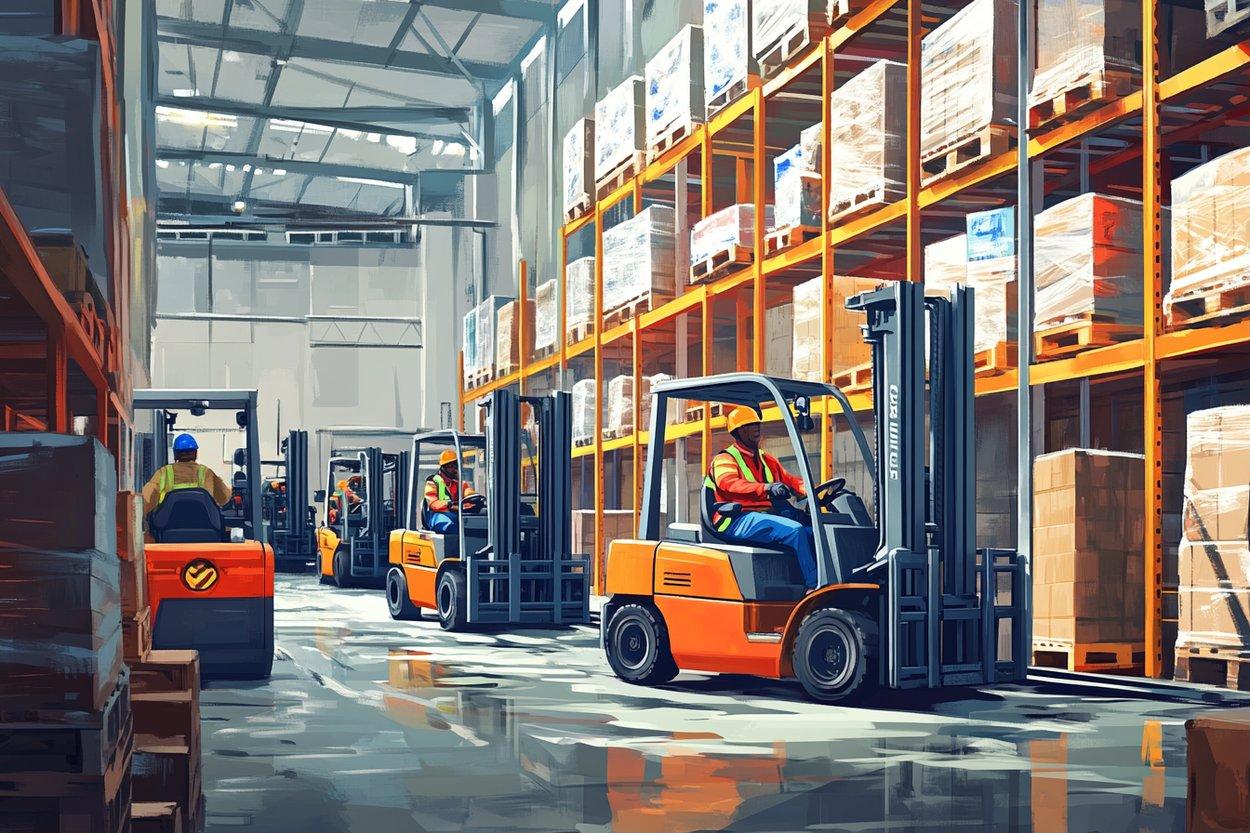Breaking Down the Sustainable Tech: E-Waste Recycling Robots
In an era where tech upgrades are as frequent as seasonal changes, one major concern has become increasingly apparent: electronic waste. While advancements in technology are undeniably exciting, they carry a hefty environmental toll. In today's article, we’ll delve into one innovative solution to this mounting problem—e-waste recycling robots.

Digging into the E-Waste Dilemma
Before we delve into the solution, let’s understand the problem. E-waste, the colloquial term for discarded electronic devices, has grown into a pressing global issue. The rapid pace of technological development and the constant consumer demand for the latest gadgets have resulted in an ever-growing pile of discarded devices. According to the Global E-Waste Monitor 2020, a staggering 53.6 million metric tons of e-waste was generated worldwide in 2019, a number that’s forecasted to reach 74.7 million tons by 2030.
E-Waste Recycling Robots: A Ray of Hope
Amidst this grim scenario, a beacon of hope has appeared in the form of e-waste recycling robots. These machines, with their precision and efficiency, are equipped to dismantle electronic devices and recover valuable materials that can be reused or recycled.
One such robot, aptly named ‘Daisy,’ was introduced by Apple in 2018. Daisy can disassemble up to 200 iPhones per hour, recovering materials like gold, silver, copper, and rare earth elements that would otherwise end up in a landfill.
The Current State of Affairs
While the concept of e-waste recycling robots is promising, it’s still in its nascent stages. Currently, there are only a handful of such robots, and they are primarily owned and operated by tech giants.
However, the potential for these machines is massive. A report by the United Nations University estimates that the value of recoverable materials from e-waste was $57 billion in 2019. If more companies and governments invest in this technology, it could not only reduce e-waste but also create a new, sustainable revenue stream.
The Economic Impact and Market Outlook
On the surface, e-waste recycling robots may seem like an expensive investment. However, considering their potential in terms of resource recovery and waste reduction, they can prove to be a cost-effective solution in the long run.
The market for e-waste recycling robots is still budding, and as such, it’s difficult to pin down an exact price range. However, based on the cost of similar industrial robots, it’s estimated to be in the range of several hundred thousand dollars.
Looking Forward
The e-waste problem is not going away anytime soon. As technology continues to evolve at a breakneck speed, the need for effective recycling methods is more crucial than ever. E-waste recycling robots present a promising solution to this problem, blending cutting-edge technology with sustainable practices.
In the coming years, we can expect to see more advancements in this field. With more investment, research, and development, these robots could become a common sight in recycling facilities, playing a significant role in the fight against e-waste.
In conclusion, while the journey of e-waste recycling robots has just begun, the potential they hold is immense. Through their efficiency and precision, these machines could revolutionize the way we manage e-waste, turning a global problem into a sustainable solution.




